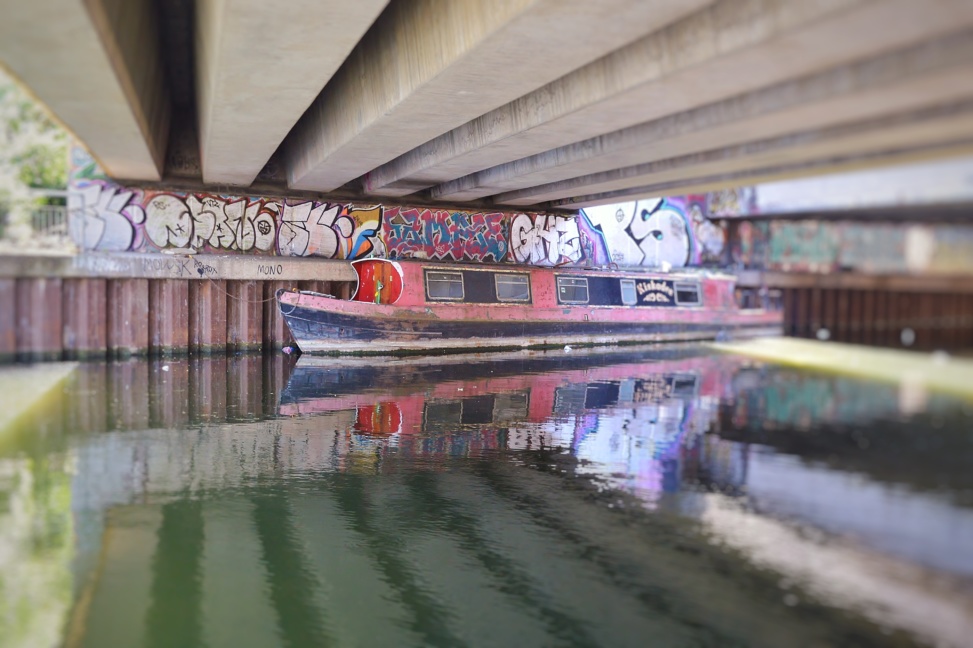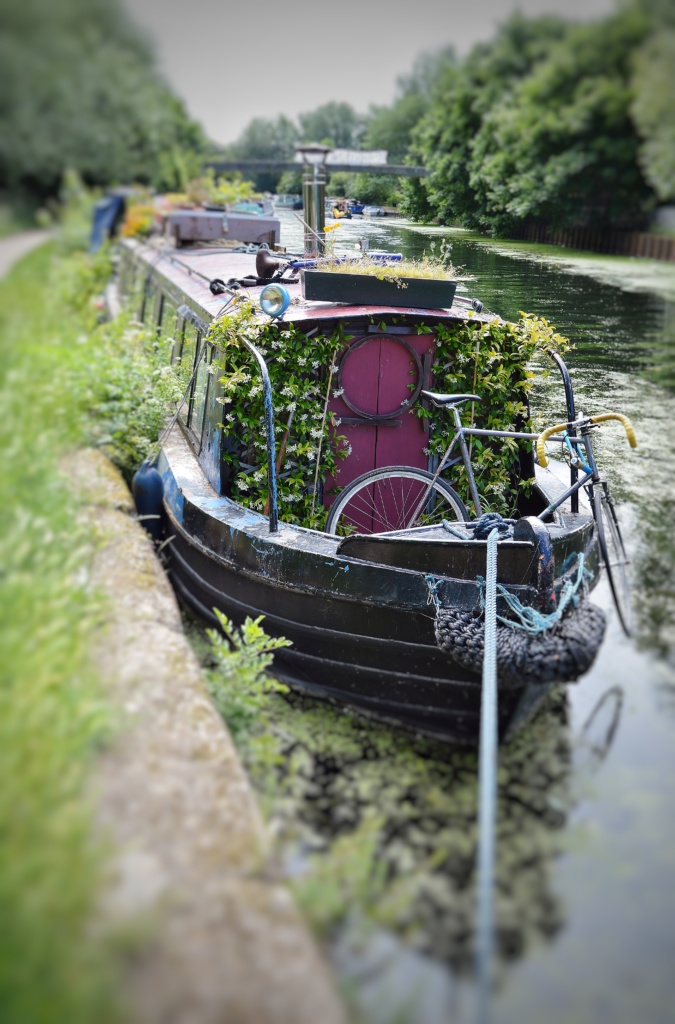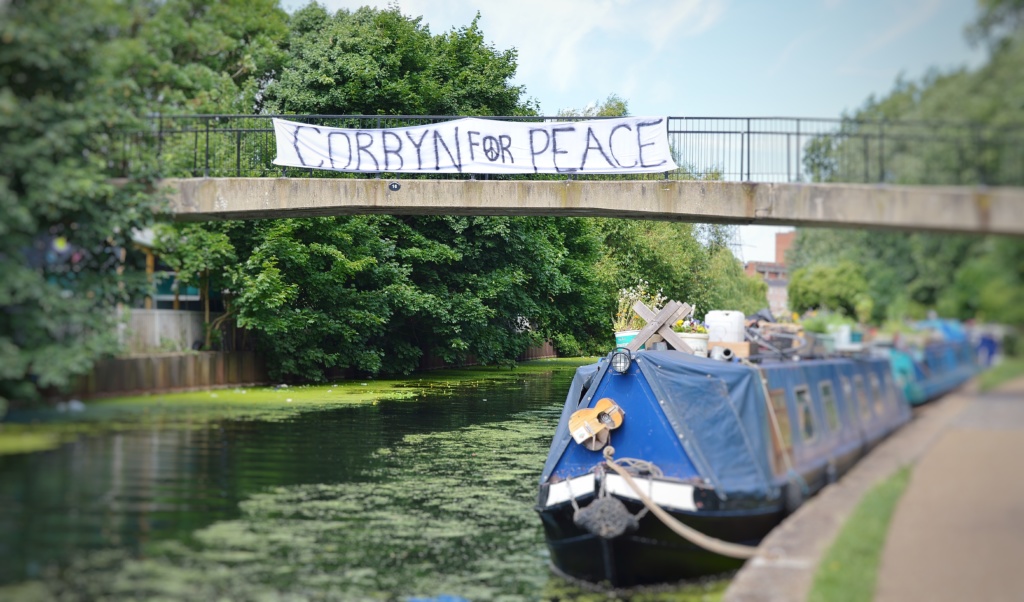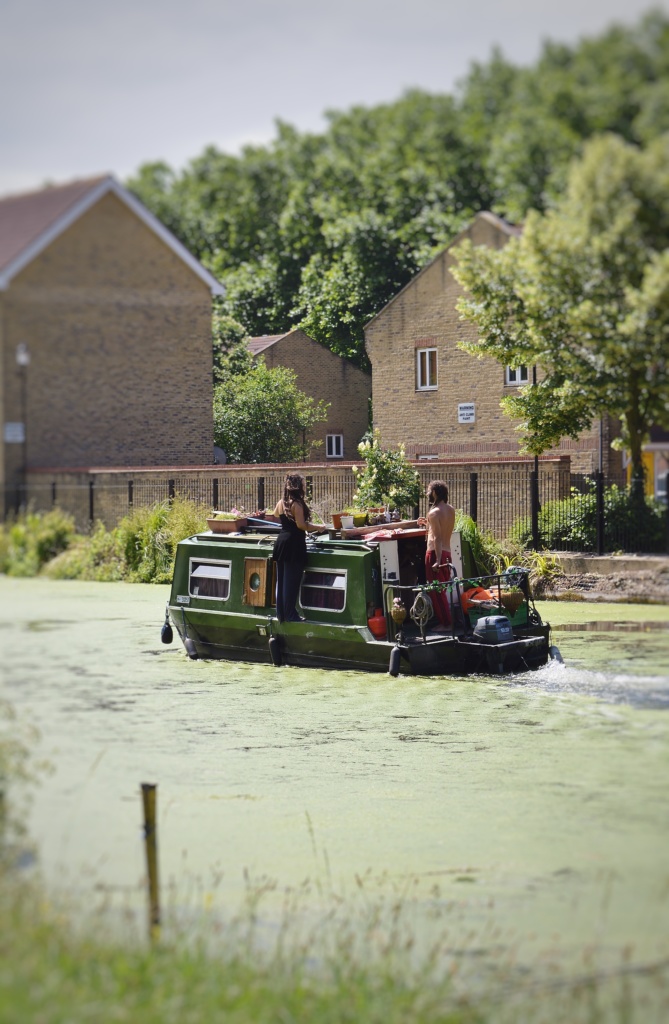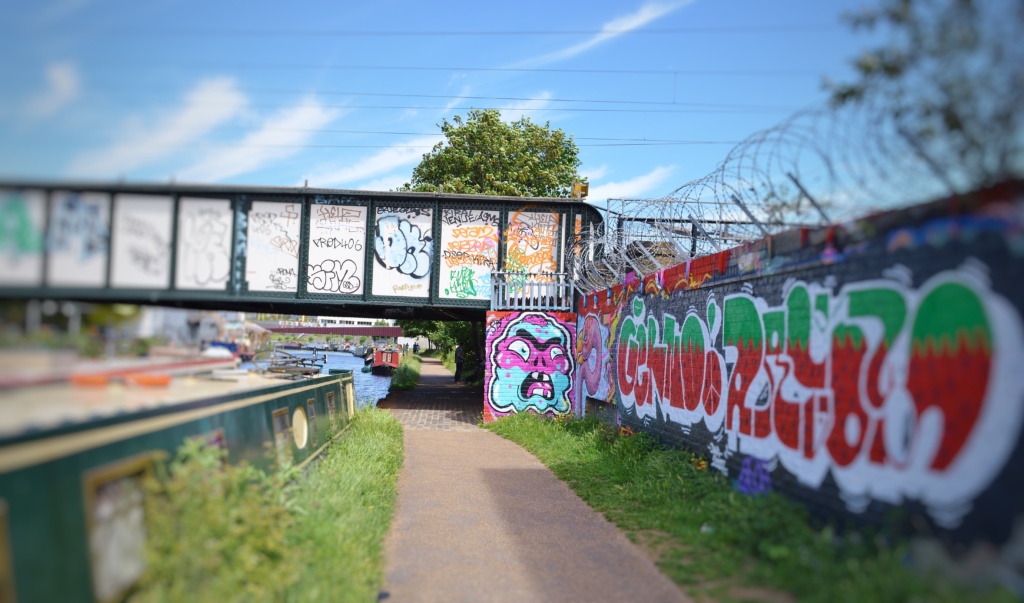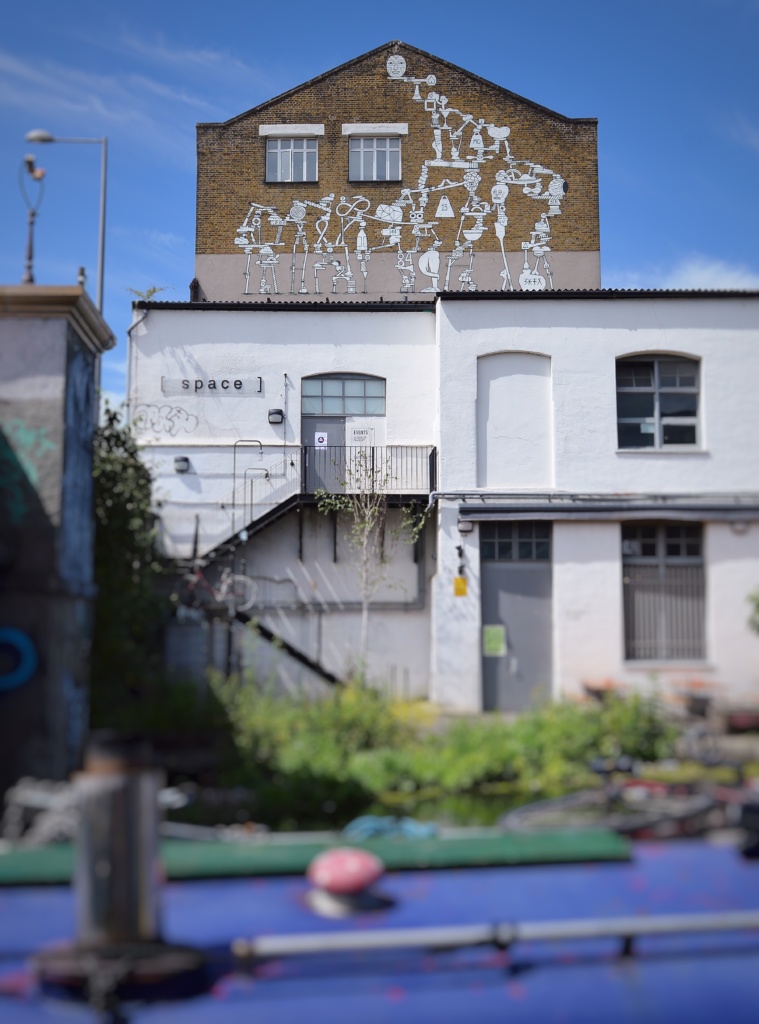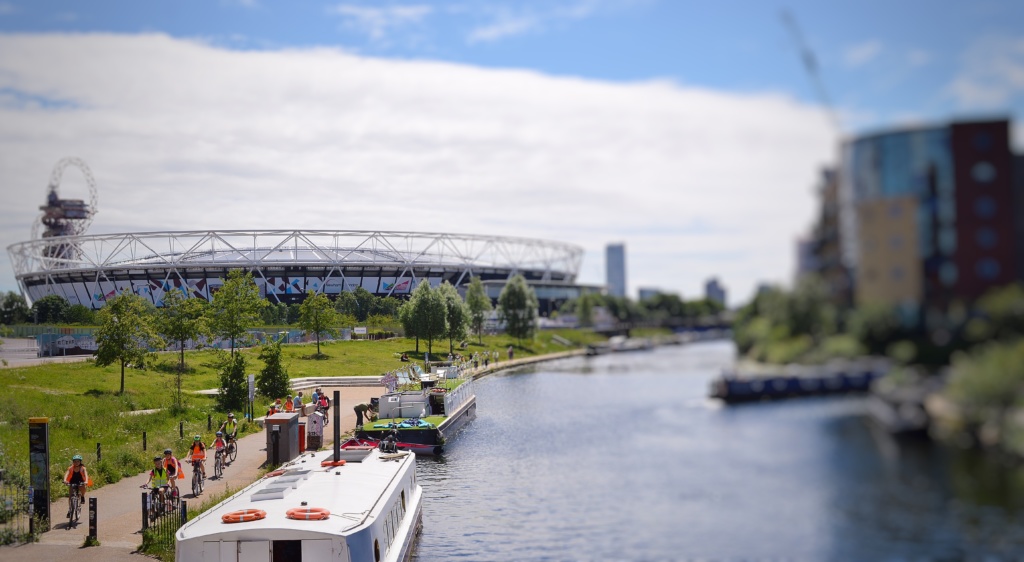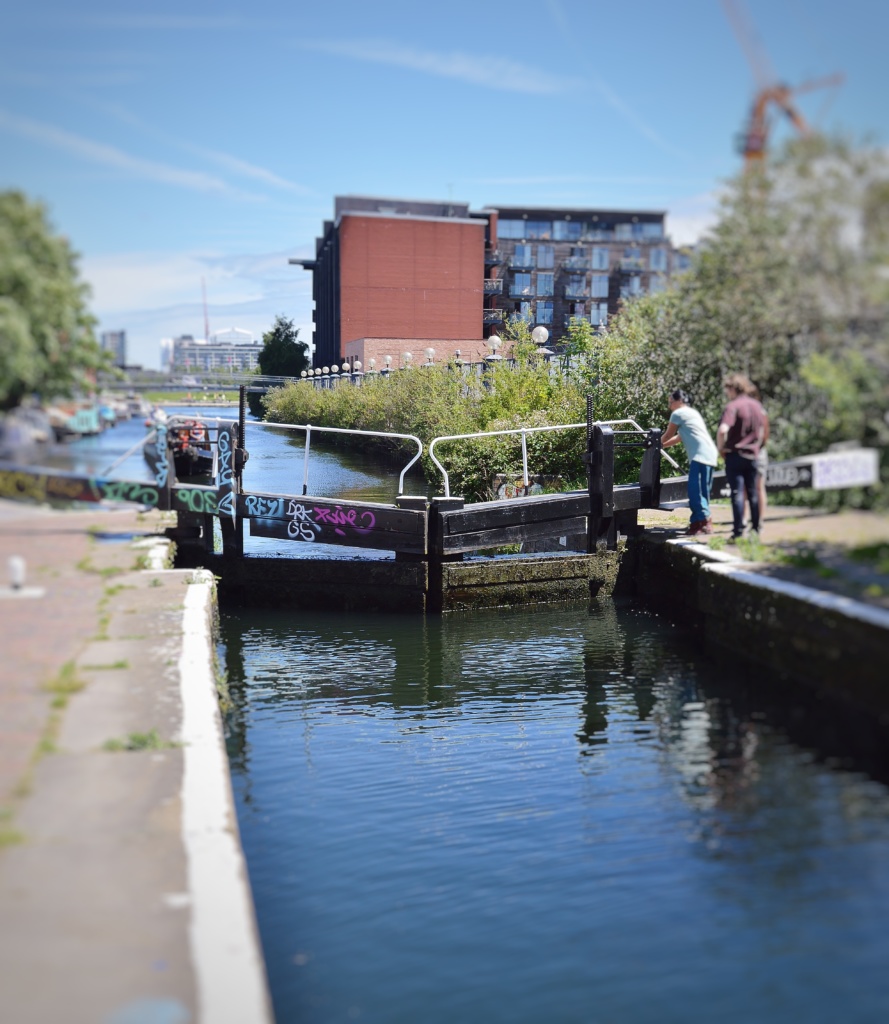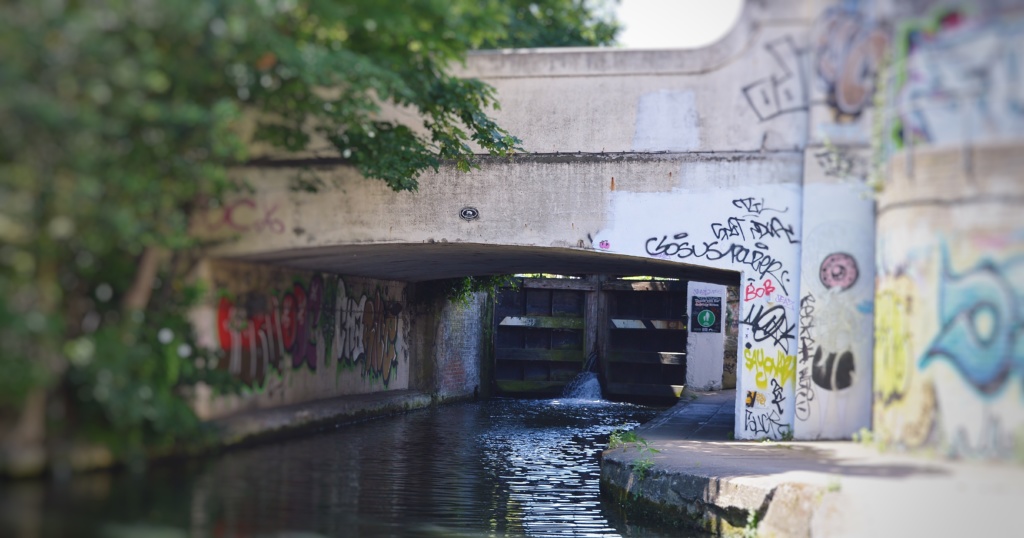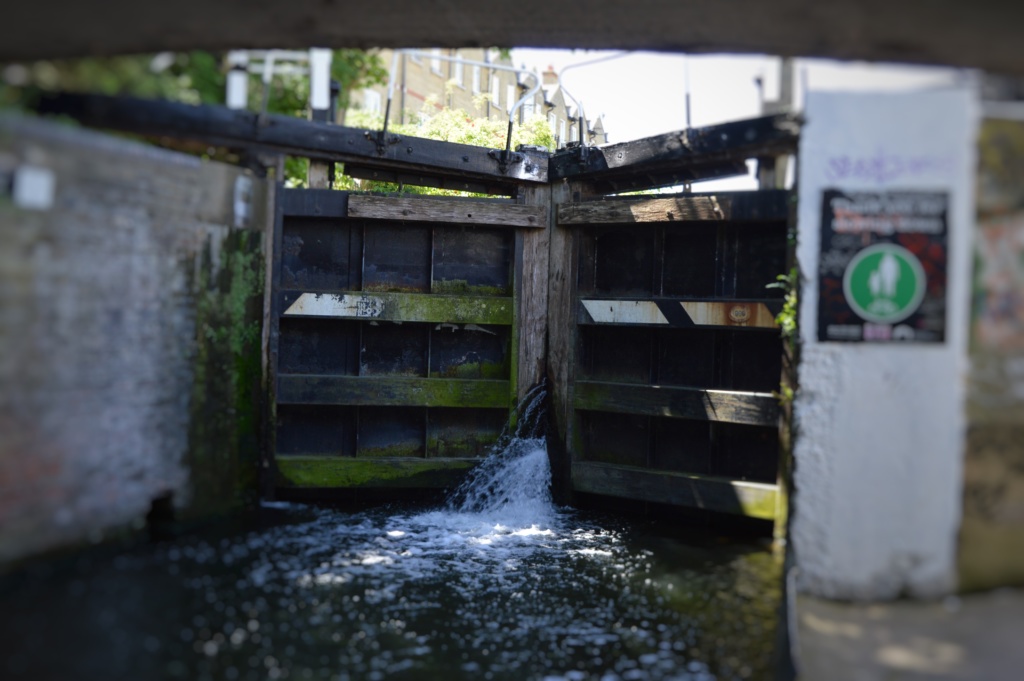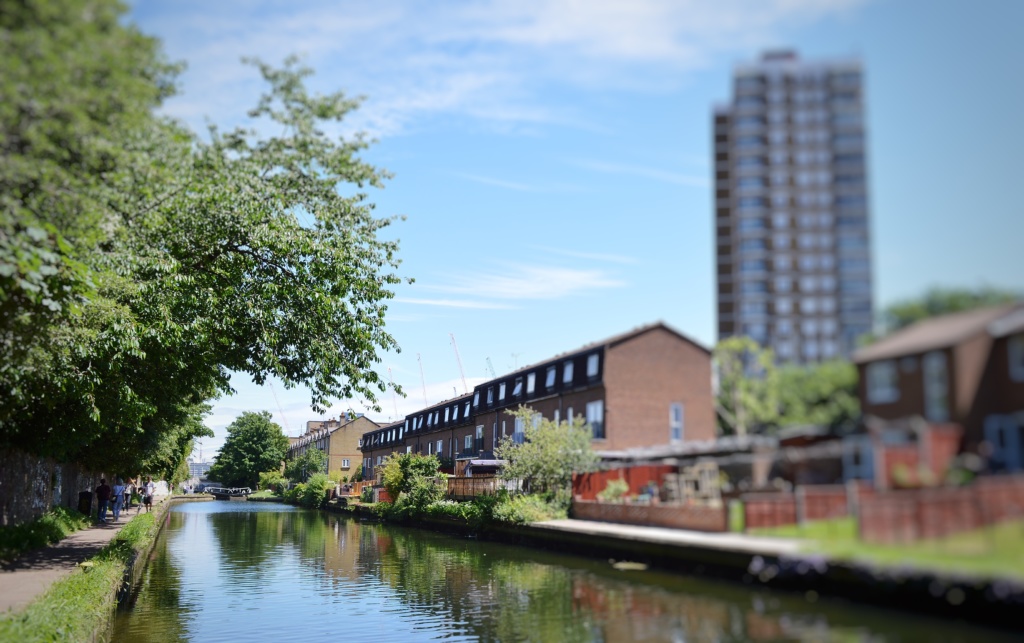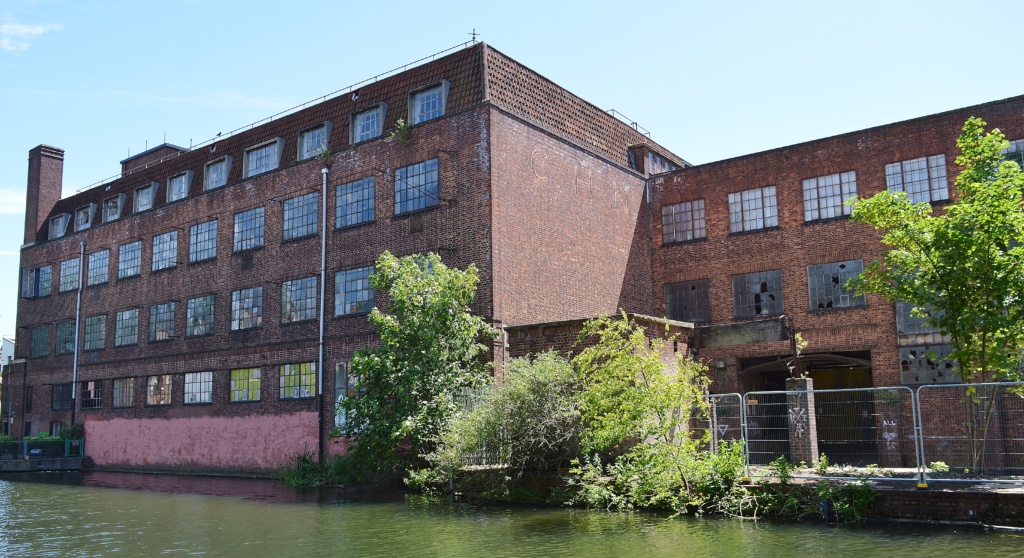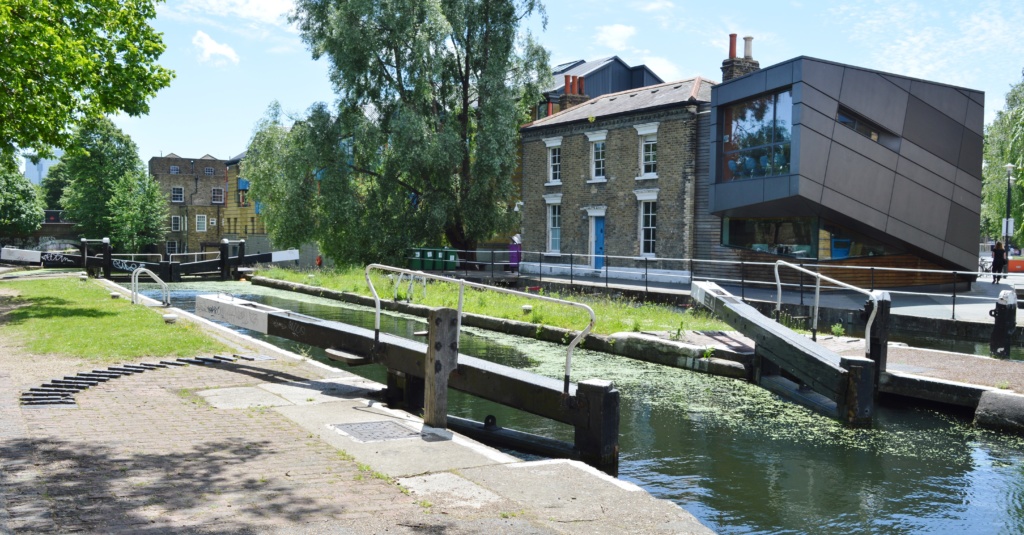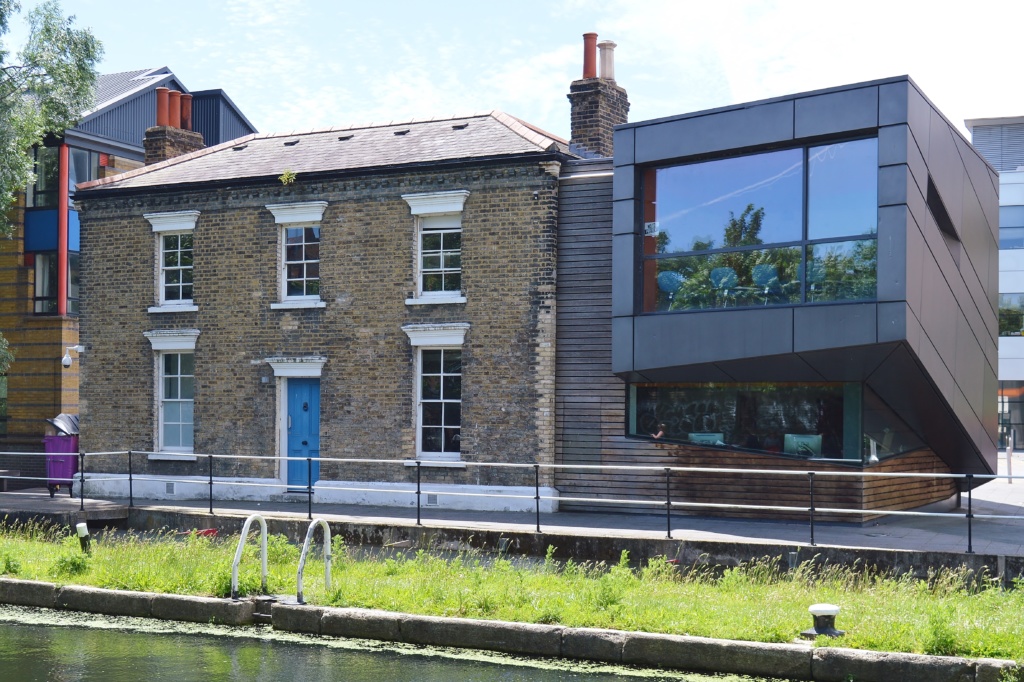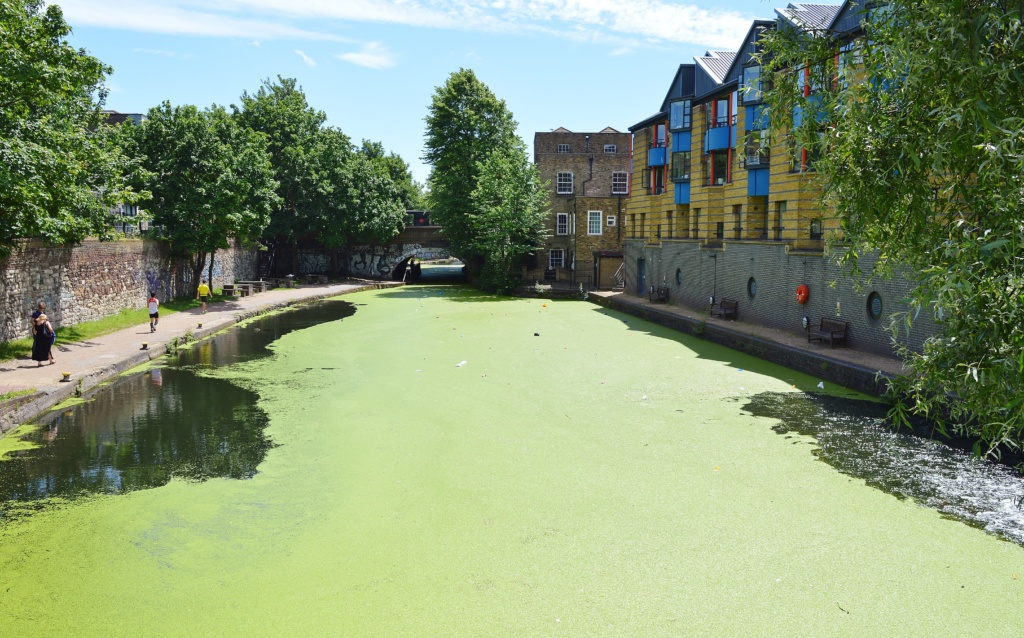When a young David Cameron first faced veteran Tony Blair as Leader of the Opposition at Prime Minister’s Question Time in 2005, he famously scored a withering put down of his opponent by saying, “I want to talk about the future,” and then pointed at Blair and said, “He was the future, once.”
The final canal to be completed in London’s waterways network was the Hertford Union Canal, which connected the River Lea Navigation to the Regent’s Canal, in 1830. As the last navvy completed his back-breaking work digging out the canal and collected his wages, he probably assumed other canals would need digging out and his career would continue unabated.
This was not to be. There was a new kid on the block. The invention of the steam engine led to the railway age and swept all before it, rendering canals largely obsolete.
In 1836 London Bridge train station was built for train lines that serviced local commuters and the following year Euston was established as London’s first great inter-city terminus opening fast communication links with the prosperous heart of the industrial revolution in the north-west of England. (Top fact: Euston was named after Euston Hall, the country house of the Fitzroy family who owned the land on which is was built, and after whom, Fitzrovia was named.)
And from 1836, London’s canals began to close starting with the Croydon Canal that had only recently opened. All that work of our navvy and his mates to dig out the blooming channel only for it to be drained and then filled in once again within a decade. Still, I suppose there is work to be had filling a canal as well as digging one. In the case of the Croydon Canal, salt rubbed on an open wound as the railway line from Croydon to London Bridge was laid on top of the filled in canal.
Like Blair, canals had been the future once as well.
From 1769 when the Hackney Cut was made by “canalising” the River Lea that travels from Hertford to the Thames, canals were carved out of London to aid the speedy transportation of goods to and across the capital. The time taken to deliver the foodstuffs and other products was so much less than the alternative, on the back of carts or humans. Canals were the coming technology. The future. Changing the paradigm, no doubt. People made fortunes from the disruption that the new technology inflicted upon the market. Investment poured in. New canals were dug. And then one day some smart Alec in the north of England invented a new form of transport powered by steam and running on tracks, not water, and suddenly the game was up. And newly made fortunes were lost.
The future was no longer canals but belonged to the railways.
We have around two thirds of the original canals left in London. They are very pleasant places these days, if largely sleepy backwaters. Somewhere for recreation and contemplation rather than industry and trade. Lycra clad joggers and cyclists dart up and down the overgrown banks of the canal faster than the boats that potter about on them. Time feels like it has slowed down here. Like London’s parks, these waterways help the city breath. On a summers’s day, a walk along the towpath is like being on holiday. Although no longer highways of commerce, the canals have found their role in the city as places to imagine you are somewhere else.
This is a very good – and brief – history of London’s canals, produced by www.londonist.com: When Were London’s Canals Built?
Here are some photos of canals in the sunshine from the oldest at Hackney Cut to the most recent Hertford Union Canal that runs along the side of Victoria Park.
